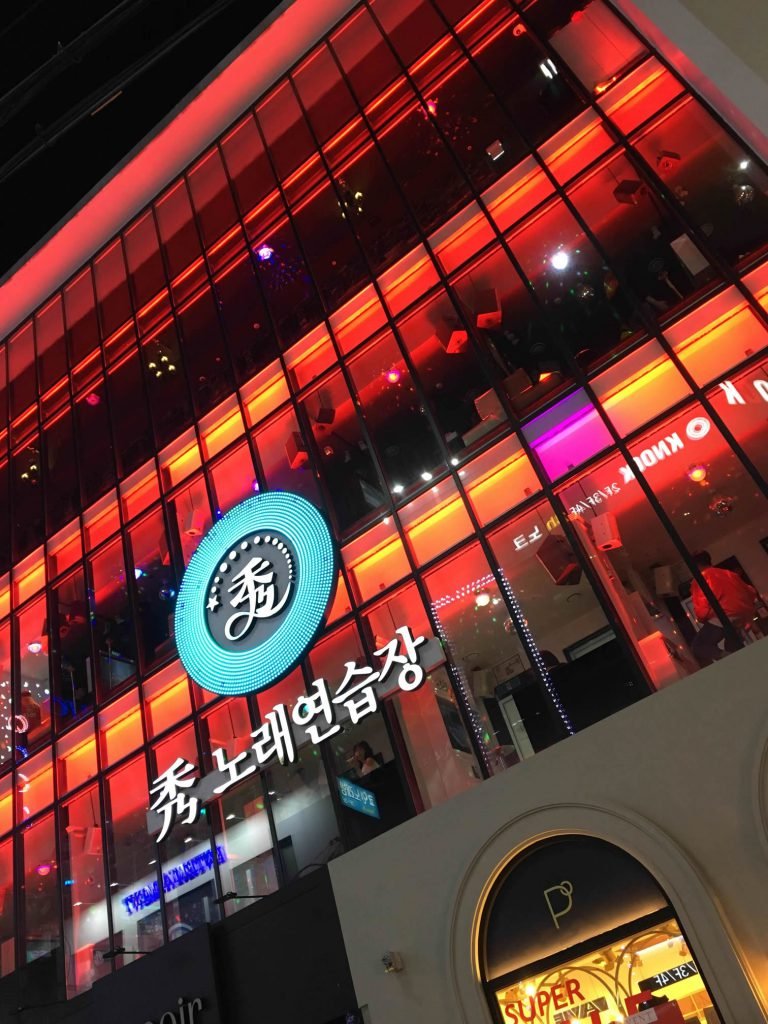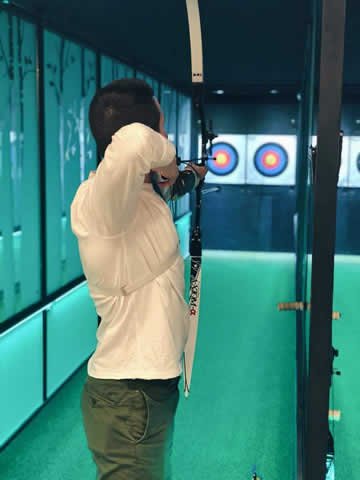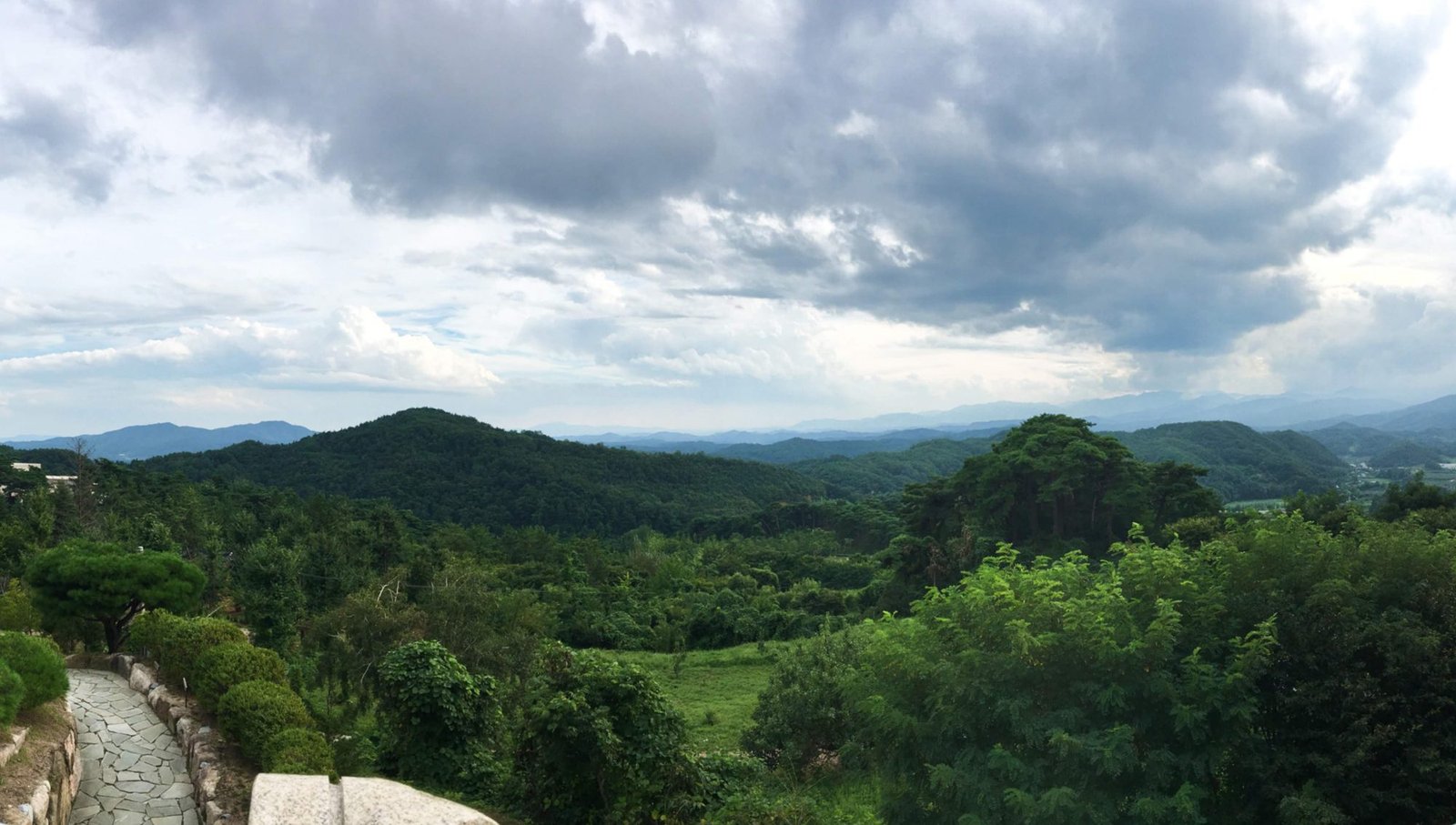
This weekend I visited the Seoul neighborhood of Hongdae, one of the central hubs for restaurants, bars, night clubs, and shopping. Hongdae is adjacent to the Sinchon neighborhood (where I live), and is only one subway stop away. Since coming to Korea, I have experienced a fair amount of crowdedness on buses, subways, trains, and sidewalks, but I have never been in a place more densely packed with people than Hongdae on a Saturday night. The streets are filled with artists, performers, and mesmerized audiences. The buildings rise up 5 to 6 stories on either side of the street, each floor with a different store or venue. Packs of young people fill the bars and restaurants before a night of going to the club. This social scene is a big part of life for college students in South Korea. After working relentlessly throughout their middle and high school years to be accepted to a top university like Yonsei or Seoul National, the college years are finally a time to let loose and enjoy social activities like staying out all night at the bars and nightclubs with friends.
The Hongdae neighborhood is named after Hongik University, famous for its prestigious art college, which inspired much of the area’s culture and popularity. Beginning in the 1990s and continuing to the present day, aspiring indie musicians and street performers would setup shop in Hongdae, hoping to be noticed by the talent scouts seeking to sign new artists to their labels. In South Korea this process is an all-or-nothing game. Once recruited by a label, Korean teenagers will then drop out of school in order to pursue years of extensive music- and performance-related education and training, not debuting until several years after their initial recruitment. Many of the big names got their start on the streets of Hongdae, inspiring the generations after to follow in their footsteps.
The neighborhood seems to be in the midst of gentrification; where one building has a quaint café and an indie music venue, the next may have upmarket name brand stores and an expensive steakhouse. The fashion is a blend of vibrant Korean streetwear and black tie attire, all suggestive of where a person has been or what they have planned for the night.

Hongdae is also home to one of Seoul’s most popular phenomena—cafes. These are not cafes in the American sense, but rather places based on a particular theme, interest, or activity which just happen to also sell coffee. This weekend, I went to an archery café and a raccoon (yes, raccoon) café with my friends. The archery café had a full-scale archery range where we were able to compete against each other for a high score, much like bowling (see attached photos). The raccoon café, as its name suggests, featured about a dozen live raccoons just hanging around for people to play with and pet. Seoul has dozens of cafes much like this (meerkats, wallabies, dogs, cats, sheep, Legos, Hello Kitty, Sherlock Holmes, flowers, etc.) and they are a popular destination for both tourists and locals alike.

Hongdae, much like Sinchon, is a neighborhood that comes alive at night and only grows livelier as the night goes on. For Korean college students, this is the norm, as it is a well-deserved respite from the unforgivingly rigorous and competitive academic environment of which many of them are products. Once they’ve made it to college, the can finally relax, and Hongdae is a perfect place to do so.
